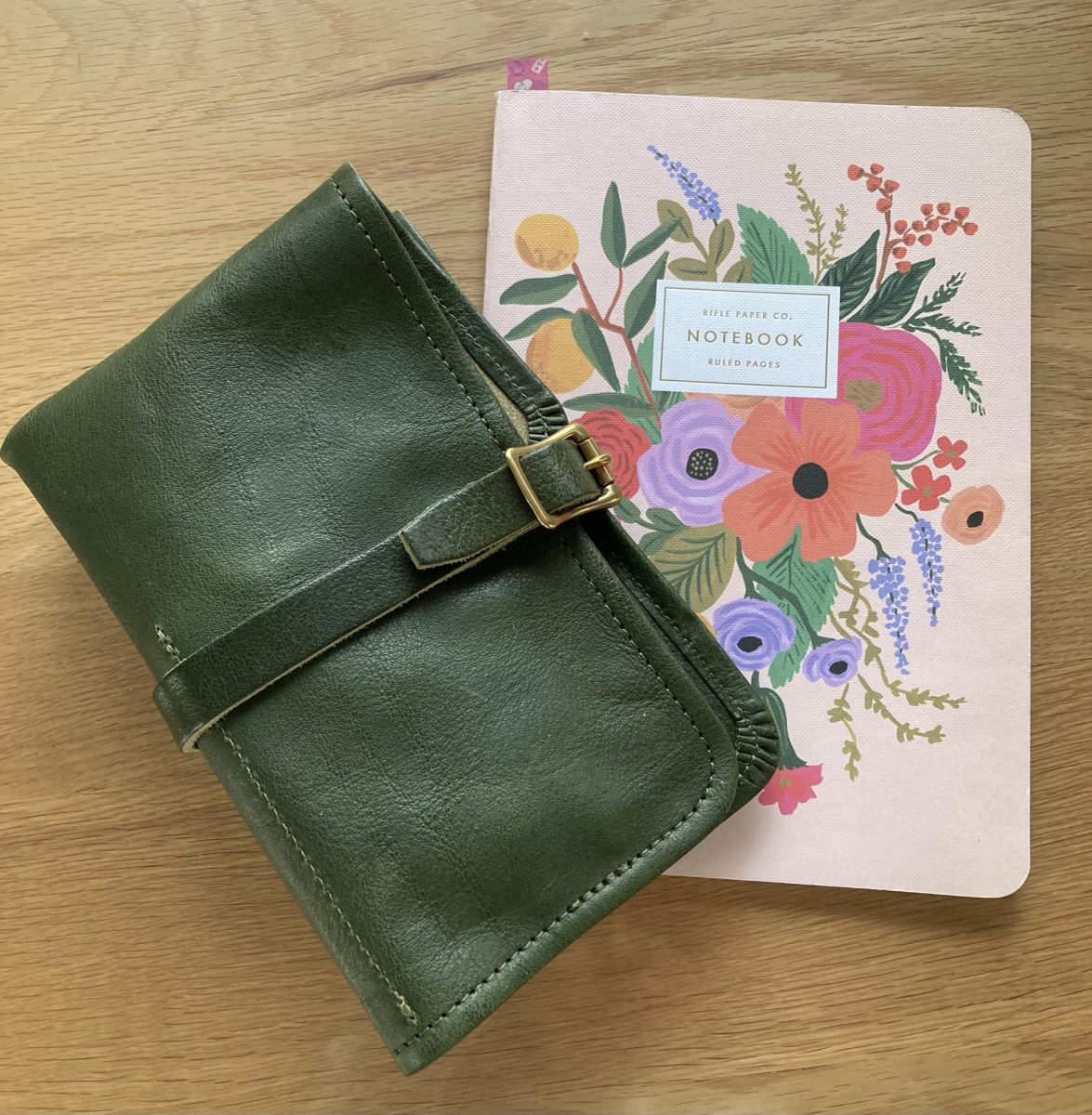Every day, many things happen, and it can be hard to keep track of everything you need to do. In high school, academic workload, social media use, and extracurricular activities make us prone to procrastinate and fail to get things done. So today, I would like to share a wonderful method that I use to be more productive and gather my thoughts into a simple notebook. This is known as a bullet journal.
Bullet journaling is a practice designed as a productivity system that was invented by Ryder Carroll in 2013. A bullet journal like a self-creating planner. It helps you see where you are now and where you need to be with only a pen and a notebook. It shifts your mind from being anxious, lost, and disorganized to being focused and calm. As a child, Carroll was diagnosed with Attention Deficit Disorder. At the time, not much was known about ADD and the resources he found didn’t work for him. As a result, he made it his goal to create his own resources. Carroll shared his system with his friends, who found his system to be helpful. By 2013, he established a website known as bulletjournal.com and filmed some videos describing his method of organization. Since then, many people have adapted bullet journaling. Here are five simple steps to get started.
Step 1: Set it up
Acquire a notebook that you like. It can be anything from a pocket sized notebook to a spiral notebook. Make sure that it’s either a blank notebook or a lined notebook so that there’s no restrictions on what you can write and to have a format to follow. Then, flip to the first page. First couple of pages will be the index, which is a table of contents that you can easily go back to find the page you are looking for.
Step 2: Yearly Overview
Now, turn to the next four pages and transform them into a log for yearly overviews. To accomplish this, draw two lines to break each page into three equal sections, and repeat this in three more pages. Then, create 12 boxes and label them each with a different month of the year.
Step 3: Monthly Calendar
Turn to the next blank spread. The next two pages will be your monthly calendar. First, write the name of the month at the top. On one side of the notebook, jot down all the dates of the month on the left vertically. Other side will be a monthly task list, where you will record the tasks of the month.
Step 4: Daily Log
Turn to the next blank spread and write the date. Then, start adding entries! They don’t have to be in complete sentences; they can just be short and concise. Entries can be broken up into three groups: tasks, events, and notes. Tasks will be followed by dot bullets, events by circle bullets, and notes by dash bullets.
Step 5: Reflect
Again, start the next month from step 3. By this point, look at your daily logs to see if there’s anything you would like to complete this month that you couldn’t finish the previous month. If an assignment’s due date is months away, then write them in the monthly calendar. To visually see what it would be like, watch How to Bullet Journal video made by Carroll himself.
You could set a certain time of the day to bullet journal, even just a few minutes a day with your favorite playlist playing and favorite snack or drink. Don’t stress yourself if you couldn’t write for a couple of days.
Keeping a bullet journal is not only a way to declutter your mind, but also it shifts you to focus on things that matter in your life and become aware of what works and what doesn’t work. It helps you lead a life with purpose and a sense of fulfillment. “Rid yourself of the things that don’t matter so you have the time and the energy to focus on the things that do,” Ryder Carroll said at TEDx Talks in 2017. “It’ll help you go from leading that busy life to leading an intentional life.”
Note that this method is the simplest version of bullet journaling. There are dozens of innovative features that were created over time. For example, one of my favorite sections are gratitude lists and brain dump. A gratitude list helps me to focus more on things that I am happy about. Writing what I am grateful for changed the way I see everyday and allowed me to become a more positive person. Brain dump is self-explanatory—it is about throwing whatever thought you might have in your brain and impulsively “dump” them in the notebook. For instance, I have a section for a bucket list where I write possible activities that I would love to do at some point in my life, as well as something funny I witnessed that day. So, if you are interested, make sure to check out other resources to figure out what works best for you. I hope through bullet journaling, you will be able to realize how much power you actually have in navigating your everyday life.














































































































































